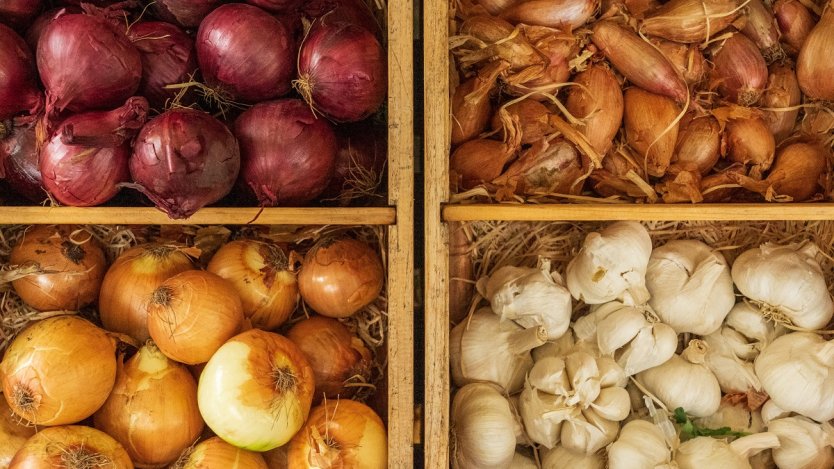Although the prime growing and harvesting window for Canada’s produce crops is relatively short compared to our multi-month-long Canadian winters, most Canadians are able to enjoy their favourite fruits and vegetables on a year-round basis.
But how is that possible? Well, nowadays, most foods can be kept past their spoil date by simply storing them in a refrigerator or freezer. But as you’ve likely come to learn, this method doesn’t always yield the best results in terms of food quality.
Thanks to the age-old supplementary farming method known as cellaring, a wide variety of foods can be stored and preserved for up to as long as six months without losing a great deal of freshness or flavour.
In most cases, a cellar—also known as a root cellar— is a type of underground structure that is designed to maintain an optimal temperature and humidity, both to keep foods from spoiling after harvesting and to prevent freezing during the autumn and winter seasons.
While the practice of cellaring is at its best when applied to root vegetables like potatoes, turnips, and carrots, other foods such as apples, salted meats, jarred jams, and sometimes even dairy products like butter, milk, and cream can also be preserved through various methods of cellaring.













